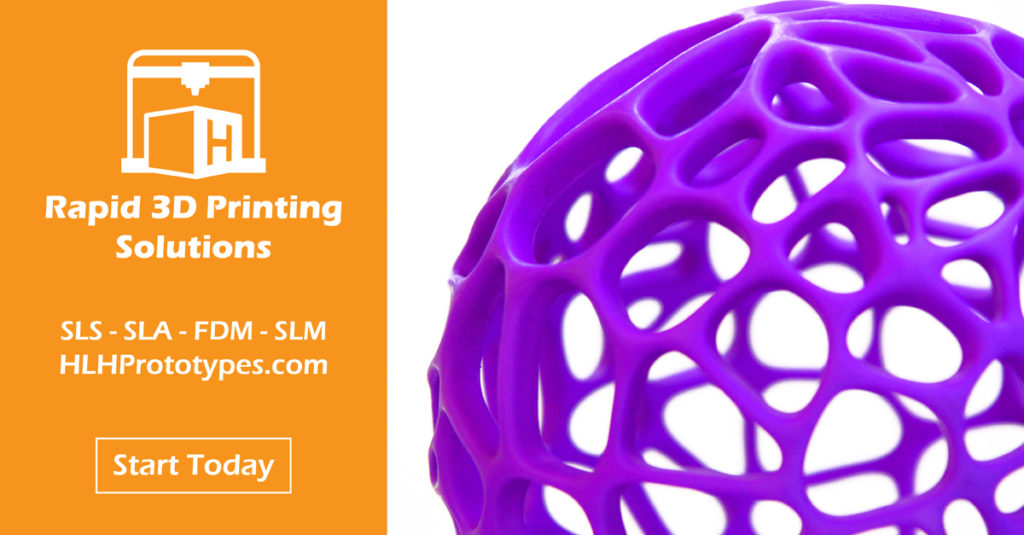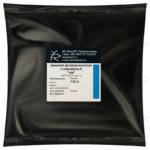

COVID-19 has turned the world upside down. The pandemic has disrupted daily routines, closed businesses and schools, and sent global economies on a rollercoaster ride. But it has also brought out the best in human compassion and innovation. We find one such example in the realm of 3D printing.
Mid-march, as the coronavirus raged across Italy, a hospital in Brescia ran out of respirator valves. They had 250 coronavirus patients in intensive care. If the hospital didn’t replenish their valve supply quickly, all 250 patients would likely die. The valve manufacturer could not fill the demand quick enough. The coronavirus had made the supply chain run dry. So Isinnova CEO Cristian Fracassi and mechanical engineer Alessandro Romaioli stepped in.
Hearing of the urgent need, Fracassi and Romaioli visited the hospital, developed a prototype in 3 hours, and 3D printed a respirator valve for testing. Once they saw that the prototype worked, they rushed back to the office and began 3D printing non-stop. With the help of a second 3D printer company, Lonati, they printed 100 valves in the next 24 hours, each valve saving a life.
But the Brescia hospital isn’t the only place where 3D printing is fighting COVID-19. Dr. Summer Decker’s radiology team at the University of South Florida and Tampa General Hospital normally uses 3D printers to develop models of patients’ x-ray images. However, when the coronavirus reached the United States, they decided to use their 3D printers to respond to the demand for COVID-19 diagnosis test kits.
“We heard early on that there was going to be a supply chain disruption for these nasal swabs that are a critical component for the testing kit,” Dr. Decker said via an online interview with CuriosityStream. They decided to develop a version of the swab that they could print on a medical-grade 3D printer. “We had to look at how we could make a single component but make it comfortable for the patient and sturdy enough to get a sufficient sample,” she said. They brought together several teams, including a partnering university, to design the final model. With the shortage in test kits making it difficult for the U.S. to monitor the virus’s spread, this team’s innovative design can now help solve the supply shortage.
Many more examples abound. SmileDirectClub, a dentistry company that utilizes 3D printers, has transitioned its 3D printers to produce medical supplies needed to combat the virus. Volkswagen, which has over 125 industrial 3D printers, announced that it will use its car-making facilities to produce ventilators and other medical devices. American 3D printer manufacturer Stratasys mustered its resources to create thousands of face shields for frontline medical workers.
“We’re humbled by the opportunity to help,” Stratasys CEO Yoav Zeif said. “The strengths of 3D printing—be anywhere, print virtually anything, adapt on the fly—make it a capability for helping address shortages.” As the world continues to fight this microscopic enemy, it seems that 3D printing, combined with human ingenuity and goodwill, will lead us to victory.








